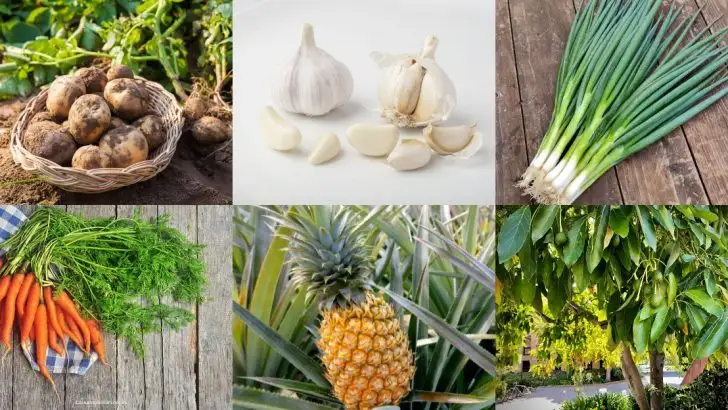Who knew your grocery store could be a garden’s secret weapon? Step aside, pricey nurseries—every aisle hides surprises that can transform a bare patch into a lush sanctuary. Picture this: rows of herbs, vibrant peppers, and even stray leafy greens that double as beauty boosters for your yard. Every produce section becomes an adventure, inviting you to mix and match for a garden that bursts with personality. Imagine turning everyday finds into focal points. A basket of bananas transforms into a whimsical plant stand, while a bundle of fresh flowers becomes an unexpected burst of color amid the greens. Get ready for a creative twist on outdoor design that defies the ordinary. Your next garden masterpiece might just be waiting on the store shelf, ready to spark joy and prove that nature can flourish anywhere—even in a grocery store garden.
Potatoes
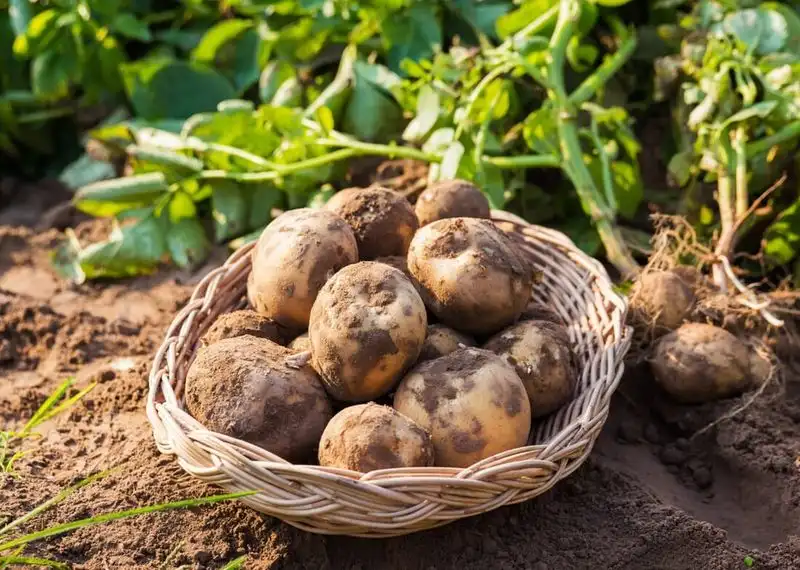
Potatoes, versatile and hardy, sprout easily from pantry leftovers. Cut a potato into chunks, ensuring each has an eye, and bury them in a sunny spot. Water regularly, and soon, leafy vines will emerge. As they grow, they produce underground treasures. Gently mounding the soil around them encourages more tubers to form. When the foliage dies back, it’s harvest time. Unearth a bounty of fresh potatoes, perfect for savoring in home-cooked meals. It’s a rewarding process that turns kitchen scraps into a staple crop.
Garlic
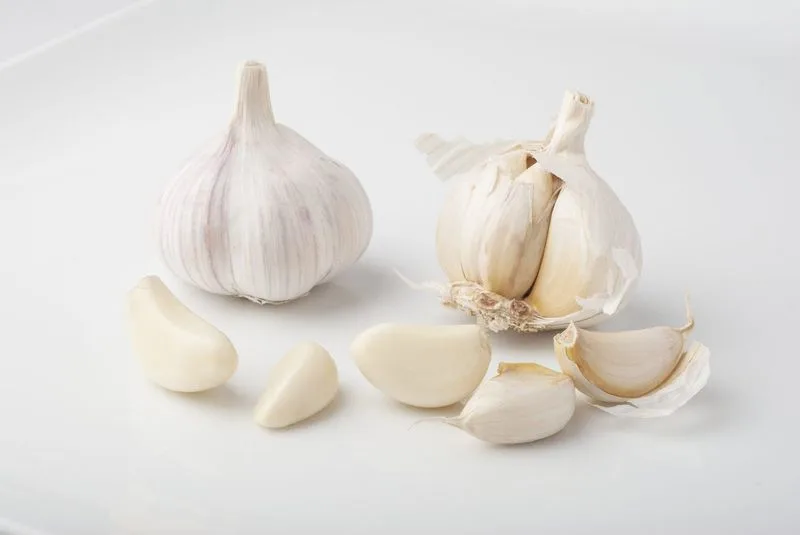
A few garlic cloves can transform into an entire bulb with minimal effort. Plant cloves in well-drained soil during the cooler months. Keep the pointy end up, and cover with soil. As the garlic grows, long, slender leaves indicate healthy development. Water consistently and allow the soil to dry out between waterings. In late spring, the garlic is ready. Pull gently to reveal a cluster of fresh bulbs. The aroma is unmistakable, adding depth to culinary creations. This process simplifies garlic cultivation, offering a flavorful addition to your garden.
Green Onions
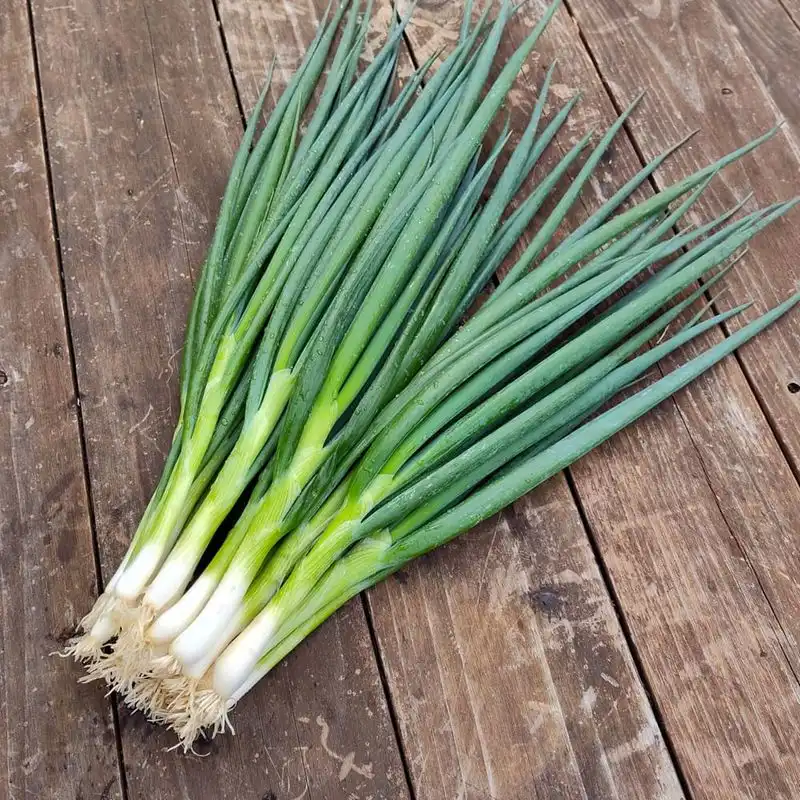
Green onions offer a quick and satisfying growing experience. Place the white bulb ends in a glass of water on a sunny windowsill. Watch as green stalks shoot up rapidly within days. Trim the tops for salads and garnishes, and they’ll regrow continually. This cycle of cut and regrow provides a constant supply of fresh greens. The simplicity of using a glass jar makes it accessible for any kitchen space. It’s a delightful way to have fresh ingredients at hand, effortlessly enhancing culinary dishes.
Carrot Tops
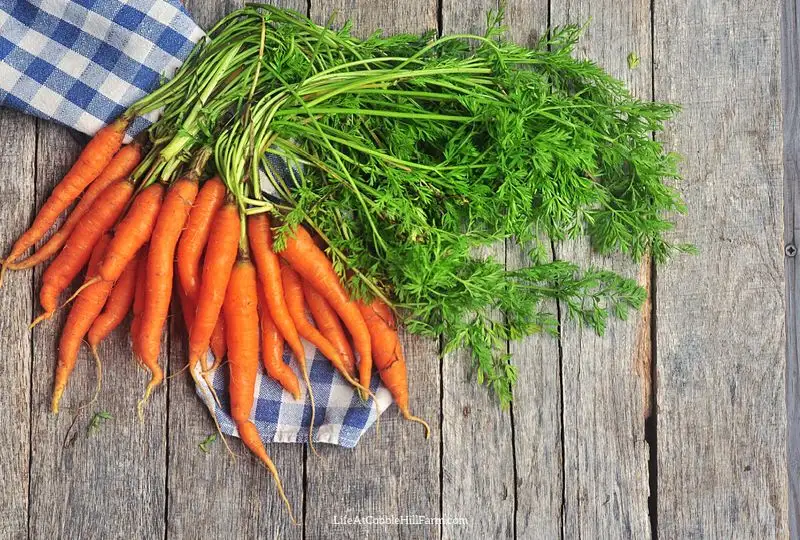
The often-discarded carrot tops hold the key to a lush addition to your garden. Place the tops in shallow water to encourage leaf growth. These greens are not just ornamental; they can be used in salads or as a garnish. Plant them in soil to grow more substantial plants. The leafy greens offer a hint of carrot flavor, adding a unique twist to dishes. It’s a delightful surprise from kitchen scraps, proving every part of the carrot has potential beyond the dinner plate.
Pineapple
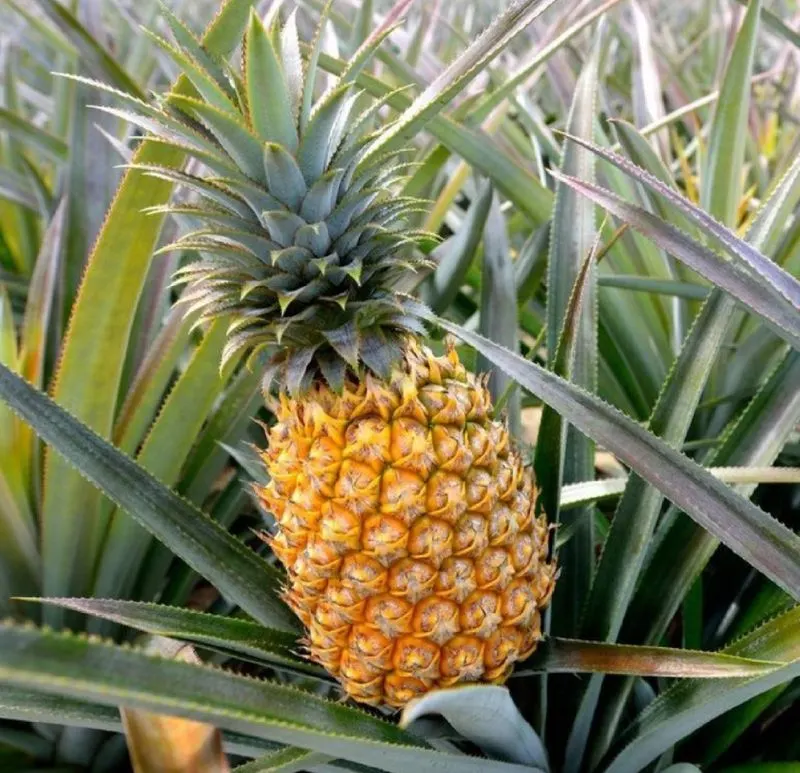
Pineapple tops make for an exotic garden addition. Twist off the crown and remove a few lower leaves, revealing tiny roots. Plant it in a pot with well-draining soil. Place in a sunny spot, and water sparingly; pineapples thrive with less water. Over time, the crown develops into a spectacular plant. While fruiting takes patience, the journey rewards with a striking ornamental feature. This tropical touch adds flair, showcasing the unexpected potential in grocery finds.
Avocado Trees
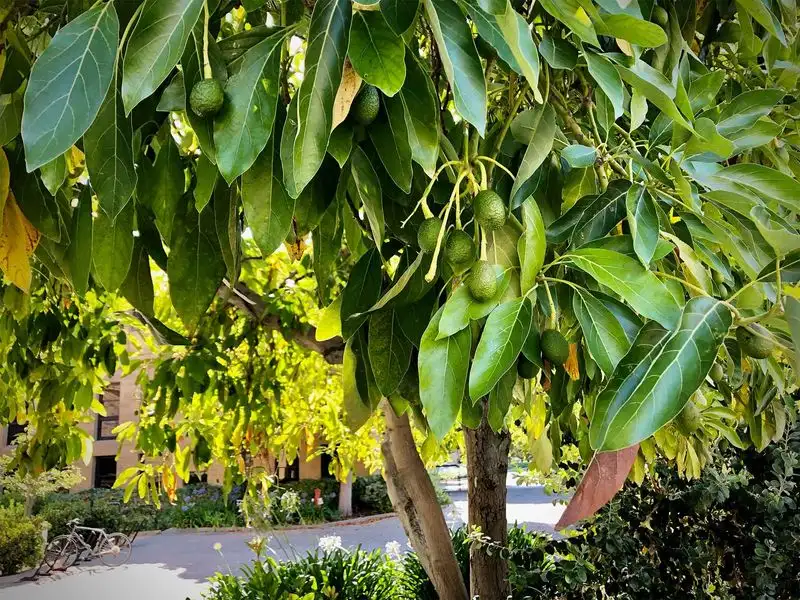
Starting an avocado tree from a pit is a captivating process. Clean the pit and suspend it in water using toothpicks. Place in a sunny spot and observe as roots and a sprout appear. Once established, transfer to soil. With time, it flourishes into a lush tree. Although avocados take years to fruit, the aesthetic appeal is undeniable. This endeavor emphasizes patience and the joy of nurturing growth from a simple pit. It’s a testament to the potential hidden in everyday items.
Lettuce
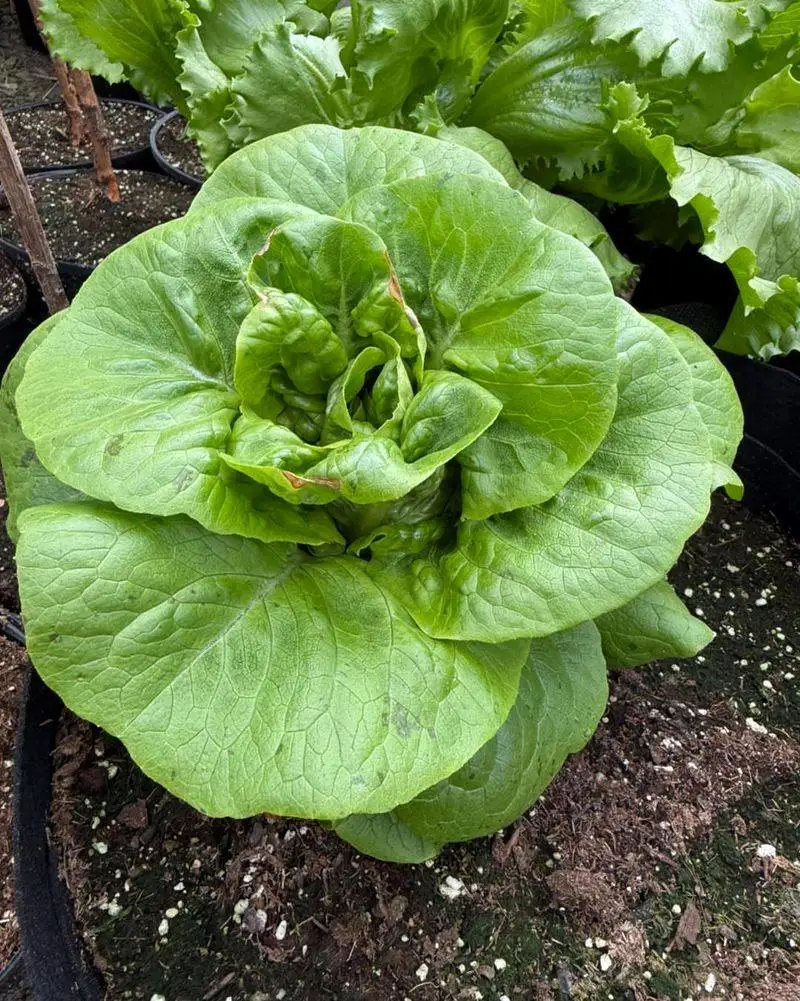
Lettuce is a perfect choice for a quick and rewarding garden project. Place the base of a lettuce head in a shallow dish of water. In days, new leaves begin to grow. Transfer to soil for larger growth. This method provides a continuous supply of fresh greens for salads and sandwiches. The process is simple and fits any kitchen or garden space. It’s a sustainable way to enjoy fresh produce without constant trips to the store.
Tomato Plants
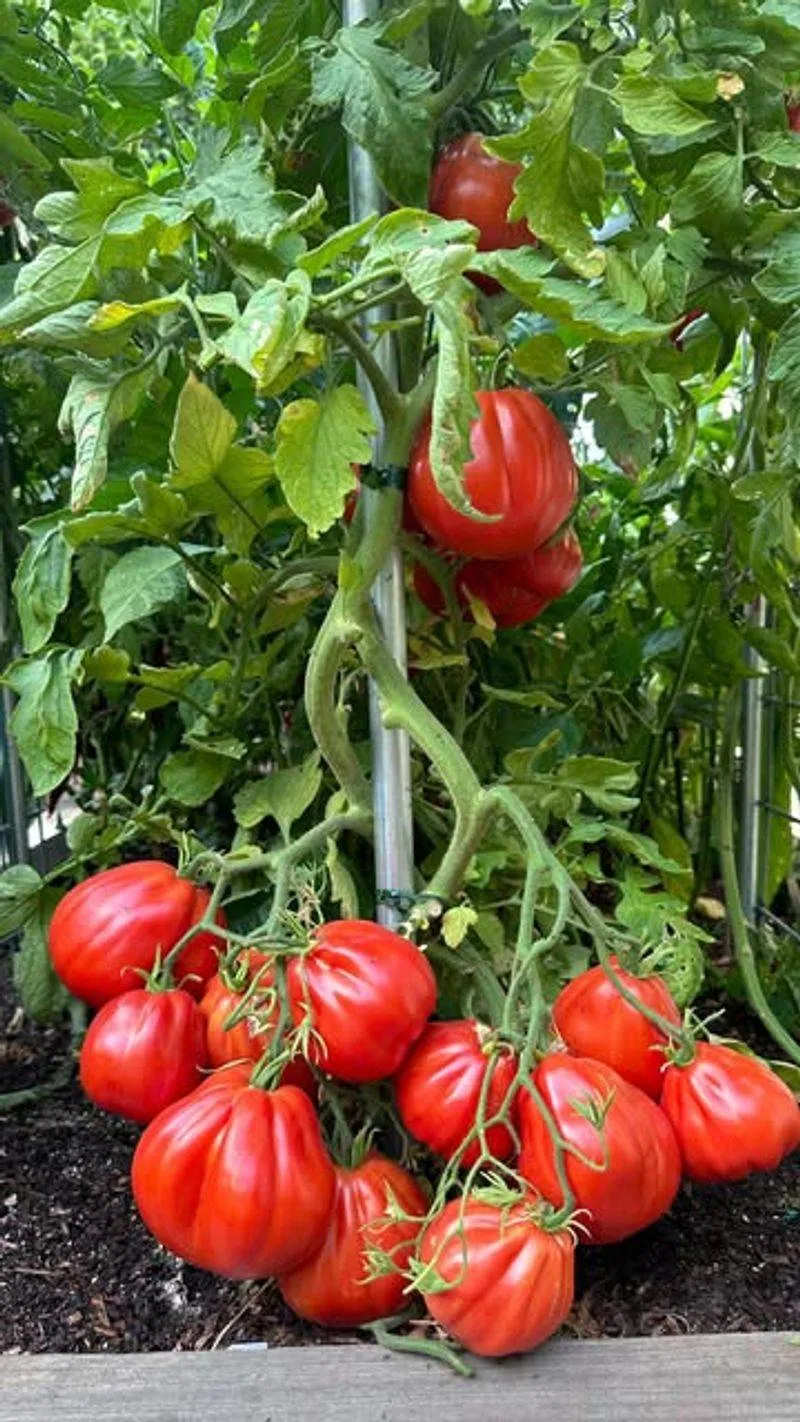
Tomatoes are staples in gardens, easily started from seeds found in store-bought fruits. Scoop seeds from a ripe tomato and dry them. Plant in soil, providing ample sunlight and water. As the plants grow, vibrant green foliage and yellow blossoms appear. Support them with stakes for optimal growth. The promise of juicy, homegrown tomatoes is enticing, enhancing summer salads and sauces. This journey from store to garden highlights the potential of everyday produce.
Celery

Celery’s regeneration is a fascinating kitchen experiment. Position the base in water, and within days, new leafy growth appears. The transformation is swift, making it an engaging project for all ages. Once established, transfer to soil to encourage full growth. Fresh celery can add crunch to salads and stews, right from your garden. This cycle of regrowth demonstrates sustainability and the joy of renewing resources. It’s a simple yet impactful way to bring the garden indoors.
Herbs from Cuttings
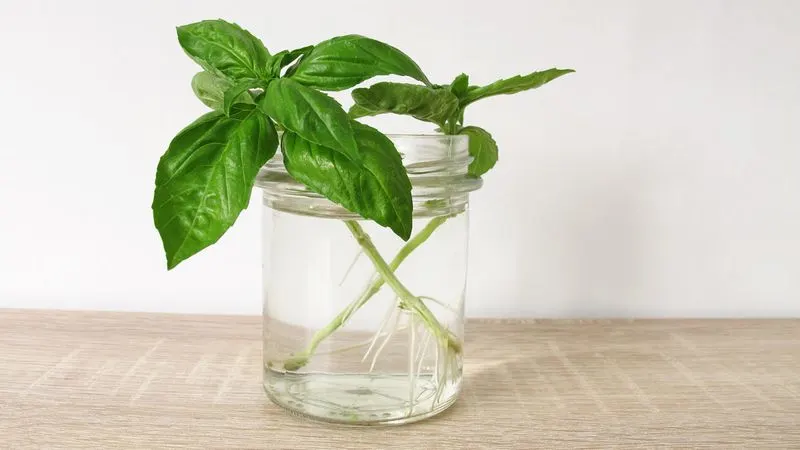
Herbs such as basil or mint can be propagated from cuttings, offering aromatic variety to your garden. Snip a healthy stem and place it in water until roots form. Transfer to soil and watch your herb garden flourish with minimal care. The fresh scent and flavor elevate dishes, making meals delightful. This method is not only efficient but provides a continuous supply of herbs. It’s a refreshing addition, proving that grocery finds can transform into thriving garden features.

